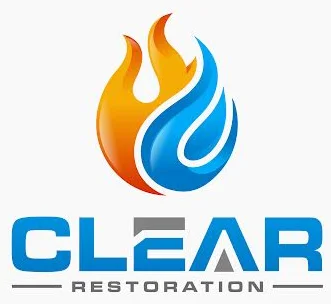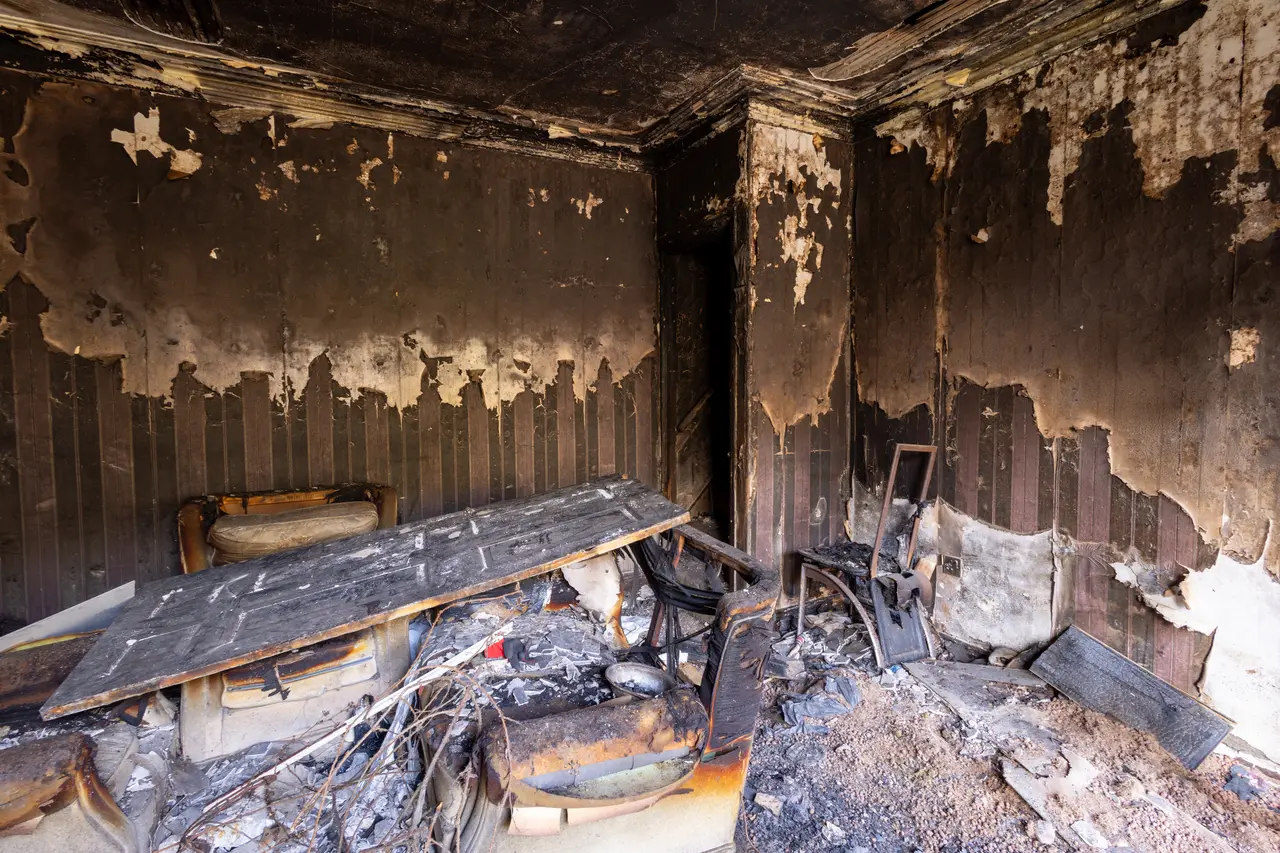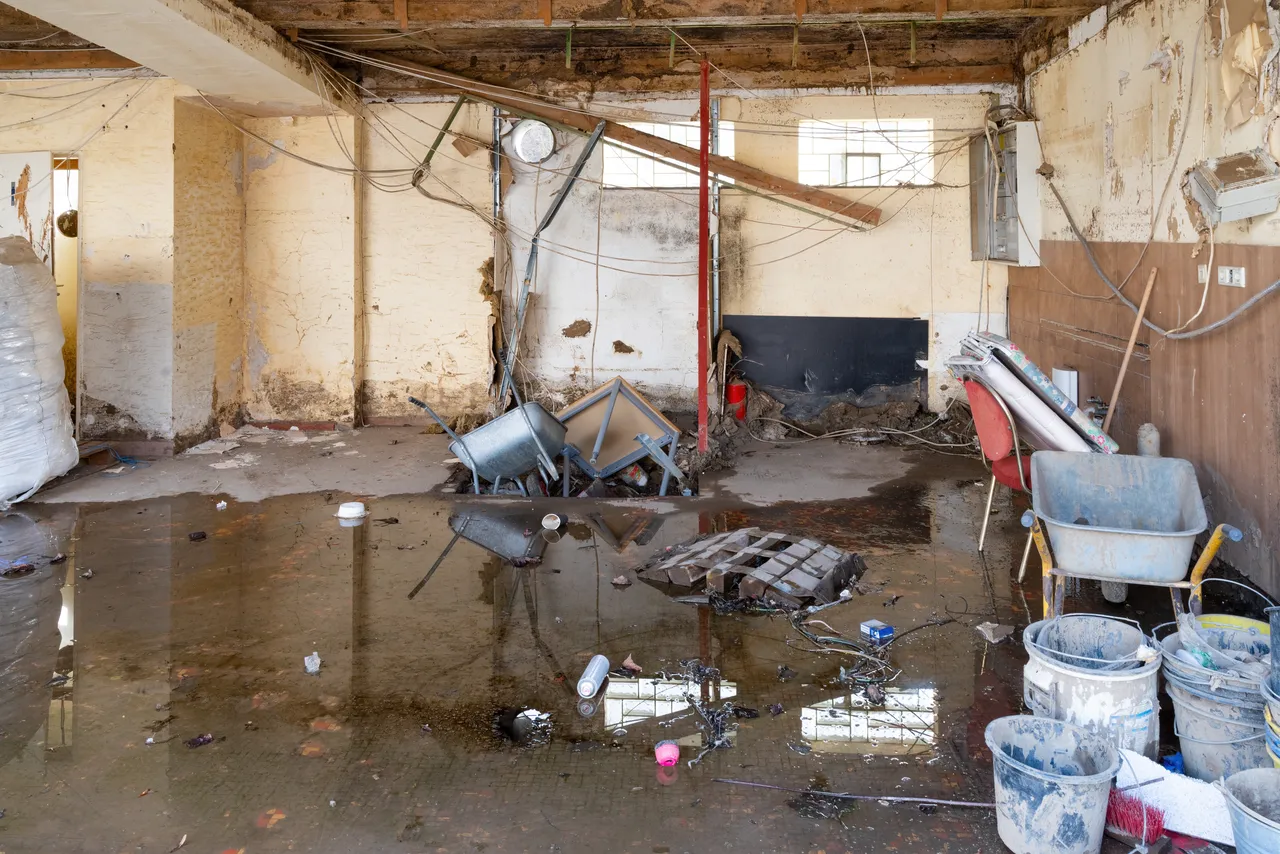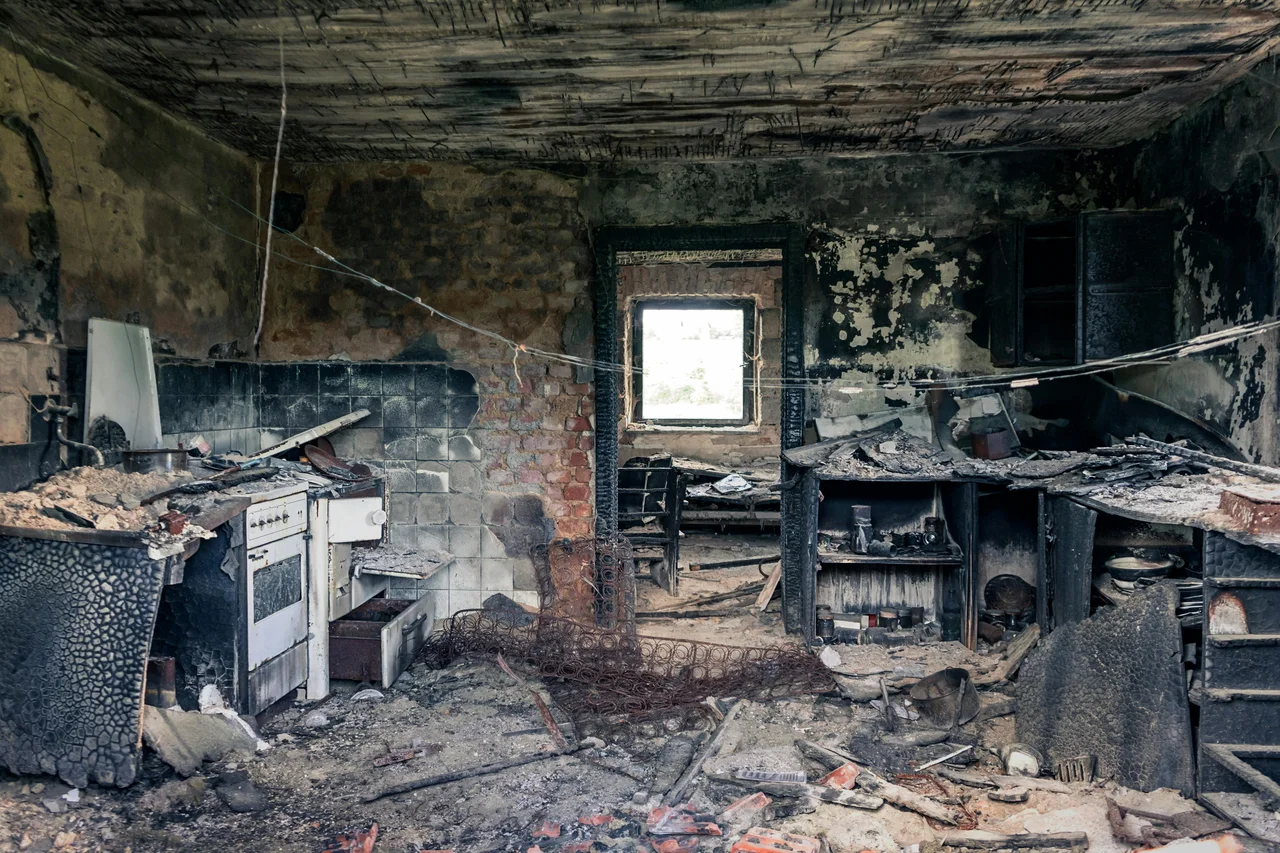What Services Are Available & How Do Customers Rate Cost and Quality?
In the aftermath of a house fire, Houston homeowners face a flood of emotion—relief, anxiety, confusion. Though the flames may be gone, the damage remains: scorched walls, waterlogged belongings, and the persistent smell of smoke. In a city defined by Gulf Coast humidity and rapid weather shifts, timely professional fire damage restoration is essential.
The Immediate Aftermath of a Fire: What Happens Next?
Ongoing Hazards After the Fire
Even after the fire is extinguished, your home remains at risk. Water used to put out the flames can cause mold or structural rot. Smoke and soot leave behind toxic residues that can degrade materials and impact health.
Immediate Actions to Take
After the fire department clears the scene:
-
Call a restoration provider immediately
-
Request emergency board-up and water removal services
-
Prevent mold and smoke damage before they escalate
Typical Emergency Services Include:
-
Board-up of windows, doors, roof openings
-
Water extraction and structural drying
-
Smoke and soot cleanup
-
Structural safety assessment
Houston’s humid climate makes fast response critical, as moisture-related damage escalates quickly.
Fire Damage Restoration Services in Houston
1. Emergency 24/7 Response
Reputable providers dispatch certified technicians within hours. Fast service reduces damage, cuts costs, and shortens recovery time.
2. Damage Assessment & Insurance Coordination
Restoration teams inspect fire, smoke, and water damage and help document everything for insurance purposes. Many companies handle claims directly with your insurer.
3. Structural Cleaning and Repair
From debris removal to rebuilding walls and roofing, full-service companies like Clear Restoration, LLC handle both cleaning and reconstruction.
4. Smoke and Odor Removal
Can the smell of smoke go away on its own?
No. Smoke embeds in walls, ductwork, and fabrics. Professionals use ozone machines, thermal fogging, and industrial filters for complete deodorization.
5. Mold Remediation & Humidity Control
How does Houston’s weather affect restoration?
High humidity accelerates mold growth. Industrial dehumidifiers and HEPA air scrubbers are necessary for rapid drying and mold prevention.
6. Content Cleaning and Restoration
Technologies like ultrasonic tanks and ozone chambers can restore electronics, furniture, and documents—often items homeowners assume are lost.
7. Full Rebuild Services
When structural damage is severe, companies like Clear Restoration offer full-scale reconstruction, eliminating the need for multiple contractors.
Customer Satisfaction in Houston: Cost, Quality, and Trust
Key Trends in Customer Feedback
-
Transparent Pricing & Insurance Support
Homeowners appreciate companies that work directly with insurers and explain all costs clearly. -
Strong Communication
Regular updates and a dedicated project manager improve customer experience significantly. -
Full-Service Providers Win
Houston residents value companies that offer cleanup and construction under one roof, ensuring accountability and speed.
What Real Customers Say
Positive Reviews Highlight:
-
Rapid response (2–4 hours)
-
Friendly, knowledgeable technicians
-
Complete odor removal
-
Easy insurance coordination
-
Detailed process explanations
Negative Reviews Cite:
-
Delays from subcontractor mismanagement
-
Poor communication or project updates
-
Cost discrepancies or unclear estimates
-
Difficulty reaching someone after initial contact
Key takeaway: Houstonians value speed, honesty, and all-in-one solutions.
Why DIY Fire Cleanup Is a Bad Idea
Attempting fire damage cleanup alone is dangerous and often ineffective.
-
Health Hazards: Smoke and soot contain carcinogens
-
Mold Growth: Without professional drying, mold spreads quickly
-
Lingering Odors: Consumer-grade products can’t remove embedded smoke
-
Insurance Complications: DIY cleanup may void or delay claims
Leave the job to licensed professionals with the right gear and training.
FAQs
Q: What should I do immediately after firefighters leave?
A: Call a certified restoration provider for emergency boarding, water removal, and damage control.
Q: Will smoke odors ever go away on their own?
A: No. Professional treatments like thermal fogging and ozone are needed.
Q: How does Houston’s humidity affect restoration?
A: It accelerates mold growth. Dehumidification must begin within 24–48 hours.
What to Look for in a Fire Restoration Company
-
IICRC-certified technicians
-
24/7 emergency services
-
Direct insurance coordination
-
Full-service restoration and rebuild capabilities
-
Positive reviews from Houston locals
-
Licensed, bonded, and insured in Texas
Avoid: Companies that dodge estimates, don’t explain their process, or rush contracts without reviewing insurance.
Why Choose Clear Restoration, LLC?
At Clear Restoration, LLC, we’re more than a restoration company—we’re part of your community. Serving Houston and surrounding areas, our in-house team manages every step of the process:
-
Immediate response and emergency mitigation
-
Insurance claim coordination
-
Full-scale reconstruction services
-
Compassionate, professional care
You get a direct line to local experts—not subcontractors or third-party contractors. We restore homes with the same care we’d show our own families.
Start Your Restoration with Confidence
If your home has been damaged by fire, don’t wait. Every hour counts. Contact Clear Restoration, LLC for 24/7 emergency fire restoration services in Houston and begin your recovery today.



